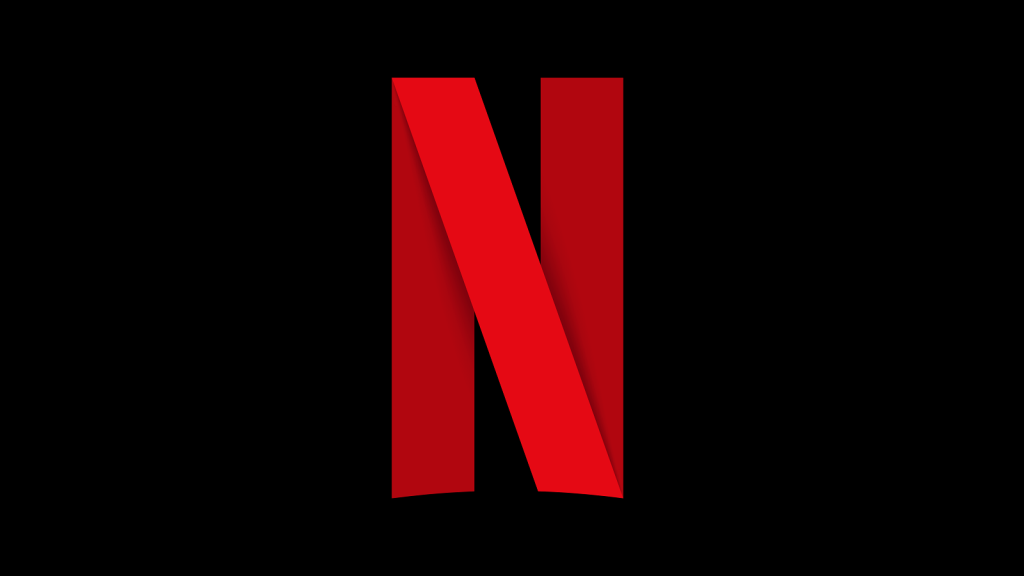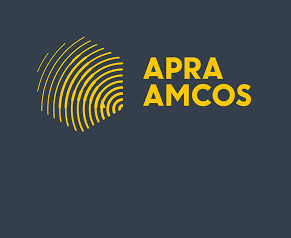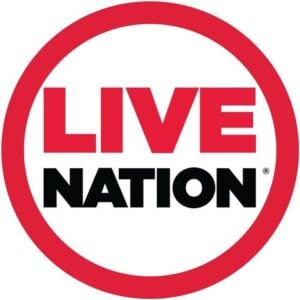Netflix is angling to win over a new bloc of value-conscious consumers — and help turn around its declining subscriber numbers — with a new ad-supported streaming package set to debut in early 2023.
The company, in announcing Q2 earnings, said it’s targeting the launch of the ad-supported plan “around the early part of 2023.”
“We’ll likely start in a handful of markets where advertising spend is significant,” Netflix said in its Q2 letter to shareholders. “Like most of our new initiatives, our intention is to roll it out, listen and learn, and iterate quickly to improve the offering. So, our advertising business in a few years will likely look quite different than what it looks like on day one.”
Netflix has not revealed pricing for the ad-supported plan, but it’s expected to be less than the streamer’s most popular plan without any commercials: the Standard package ($15.49/month in the U.S.), which includes two HD streams.
On the company’s Q2 earnings interview, COO and chief product officer Greg Peters said Netflix believes the per-subscriber economics on the ad-supported plan will be “neutral” with or better than what it sees with traditional subscribers.
Netflix last week announced a pact with Microsoft to serve as its exclusive advertising partner. Peters confirmed that, at least initially, Netflix ads will be sold exclusively by Microsoft.
Ted Sarandos, co-CEO and chief content officer, acknowledged that Netflix is in discussions with some of its content providers on rights issues as the streamer plans its advertising-supported tier. According to industry practice, such a move would be considered a second-window event that typically comes with payments to studios and creative talent.
“The vast majority of what people watch on Netflix we can include in the ad-supported tier today. Some things we’re in conversations with studios on,” Sarandos said in the recorded earnings interview. “We will clear some additional content. Not all of it. I don’t think it’s a material hold-back to the business.”
Netflix CFO Spencer Neumann also downplayed the potential for higher costs to come with the ad expansion. “We can launch today without any content-clearance rights,” he said. Discussions are under way with outside partners but Neumann assured analysts, “We’ll be disciplined.”
In the Q2 letter, Netflix said that Microsoft is “investing heavily to expand their multibillion [dollar] advertising business into premium television video, and we are thrilled to be working with such a strong global partner. We’re excited by the opportunity given the combination of our very engaged audience and high-quality content, which we think will attract premium CPMs [cost per thousand impressions] from brand advertisers.”
The streamer added, “Our lower-priced advertising-supported offering will complement our existing plans, which will remain ad-free,” the company said in the letter. Worldwide, Netflix’s average revenue per member (ARM) has grown at a 5% compound annual rate from 2013 to 2021, “so it makes sense now to give consumers a choice for a lower-priced option with advertisements, if they desire it.”
Netflix first said it planned to launch an ad-supported service in its Q1 report — part of its strategy to find a new source of revenue growth, along with cracking down on password-sharers. For the second quarter, Netflix’s losses weren’t as bad as feared: It dropped 970,000 subscribers worldwide, which was under its previous guidance of a net loss of 2 million. The company anticipates adding 1 million subs in the third quarter.
“Over time, our hope is to create a better-than-linear-TV advertisement model that’s more seamless and relevant for consumers, and more effective for our advertising partners,” Netflix said in Tuesday’s earnings letter. “While it will take some time to grow our member base for the ad tier and the associated ad revenues, over the long run, we think advertising can enable substantial incremental membership (through lower prices) and profit growth (through ad revenues).”
Wall Street analysts have expressed confidence that Netflix’s advertising tier won’t cannibalize its existing subscriber base. Indeed, Netflix’s ad-based plan could result in Netflix adding 4.3 million incremental U.S./Canada subs in 2023 and generating “significant upside” to revenue, Cowen’s John Blackledge wrote in a July 8 research note.
Morgan Stanley estimated that Netflix could charge $10/month in the U.S. for the ad-based plan, which could generate $7/month per subscriber in ad revenue. And the streaming giant could see ad revenue quickly ramp from $150 million in 2023 to $1.8 billion in 2025, according to projections last month by research firm MoffettNathanson.
With its move to launch a cheaper, ad-supported plan, Netflix is late to the party. Streamers that already offer lower-cost options with ads include Hulu, HBO Max, Paramount+, Discovery+, and Peacock; meanwhile, Disney is shooting to bow an ad-supported version of Disney+ in late 2022.
Cynthia Littleton contributed to this report.
VIP+ Analysis: A Looming Recession Weighs Heavy on Advertising
From Variety US




































